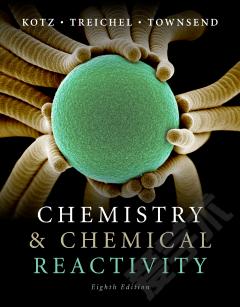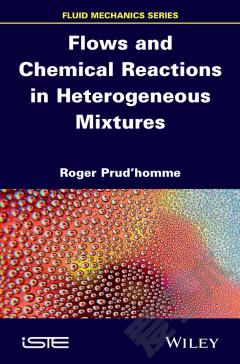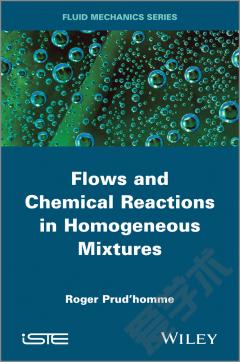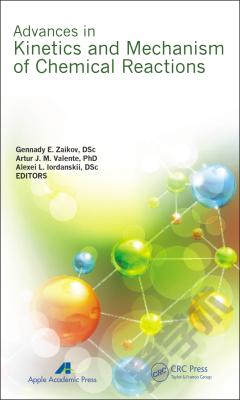Reaction Diffusion and Solid State Chemical Kinetics
This monograph deals with a physico-chemical approach to the problem of the solid-state growth of chemical compound layers and reaction-diffusion in binary heterogeneous systems formed by two solids; as well as a solid with a liquid or a gas. It is explained why the number of compound layers growing at the interface between the original phases is usually much lower than the number of chemical compounds in the phase diagram of a given binary system. For example, of the eight intermetallic compounds which exist in the aluminium-zirconium binary system, only ZrAl3 was found to grow as a separate layer at the Al–Zr interface under isothermal conditions. The physico-chemical approach predicts that, in most cases, the number of compound layers should not exceed two; with the main factor, resulting in the appearance of additional layers, being crack formation due to thermal expansion and volume effects.
{{comment.content}}








 京公网安备 11010802027623号
京公网安备 11010802027623号